Hey there! My name is Julie Cefalu and I am so happy to be contributing a Cuddle project to the Shannon Fabric family. I blog over at The Crafty Quilter and you will find lots of tutorials, tips and inspiration on anything from quilts to holiday crafts and favorite recipes.
I love using Cuddle fabric from Shannon when I make quilts. Not only is it ultra soft, but it comes in so many delicious colors and textures. It can turn an ordinary quilt into a comfort superstar. Knowing the nature of the fabric plus a few tips and tricks will make it fun and easy to work with.
I made a simple baby (or child's) quilt using Cuddle for the backing and for the circles which were appliqued on top of Urban Zoologie by Robert Kaufman. For the binding, I wrapped the backing to the front of the quilt and mitered the corners. There's nothing like a soft edge to a quilt. Simple shapes are very easy and quick to applique using Cuddle. Here's what you need to get started:
Finished Size: 42" x 42"
Supplies:
- 1 1/4 yard of Urban Zoologie, color bermuda, by Robert Kaufman (AAK-12858-237)
- 1/4 yd each (or 6" wide scraps) of Cuddle Dimple in orange, jade, black, azure and capuccino
- 1 1/3 yard of Cuddle 3, color Jade, for backing
- 1 1/3 yard of batting (I used Hobb's Heirloom 80/20 cotton polyester)
- Freezer paper for circle templates or template plastic
- Basting Glue
- Thread to match applique
Instructions:
Prepare quilt top.
Cut the Urban Zoologie fabric into a 42" inch square.
Applique
A few notes about appliqueing with Cuddle fabric: Cuddle fabric has a nap to it and it can be easily crushed when pressed with a hot iron (especially the Cuddle Dimple used in this project). Because of this, I don't like to use fusible web products when working with Cuddle. I simply cut out the shapes and baste them in place with a water soluble glue - such as Roxanne's Glue Baste It. Cuddle does not fray once it's cut other than the "cuddle dust" that is released after cutting. You can stitch the applique shapes in place with a straight stitch or other decorative stitch of your choice (more about that later).
Steps
1. Make circle templates from freezer paper using bowls of three different sizes. Using a fine-tip Sharpie, trace around each bowl onto the dull side of paper. Press another piece of freezer paper on top so that both pieces are shiny side down. This will create a sturdier edge for tracing around later.
2. Carefully cut out freezer paper circle on drawn line.
3. Trace circles onto the wrong side of dimple fabric using marking tool of your choice. I found it easiest to use a fine-tip Sharpie for most of mine - just make sure to cut inside the drawn line. Cut circles carefully as this will be your finished circle shape.
4. Arrange circles randomly on quilt top square. (Optional: Cute puppy helper)!
Once you're happy with the arrangement, baste circles in place: Using basting glue, "draw" a line of glue about 1/4" in from the raw edge of the circle. Allow glue to dry (about 1 hour).
5. With matching thread, stitch around the edge of circles 1/8" in from the raw edge using a straight stitch. Secure stitches at the beginning and end. Repeat for all circles.
I tested out different stitches for appliqueing the circles, and I like the straight stitch best. The blanket stitch looked a bit messy and the satin stitch requires careful attention and wasn't worth the extra work. Here's what the different stitches looked like:
This is the finished circle after appliqueing with a straight stitch:
Finishing
Baste quilt layers together. I used Hobb's Heirloom 80/20 batting and I spray basted the layers together. This basting method works great with Cuddle fabric. You can find my tutorial for spray basting here. Here's a photographic summary of how I basted this quilt using 505 Spray and Fix Basting Spray:
Draw quilting guidelines using the circle templates and a blue water soluble pen (or other marking tool). I randomly drew circles between and overlapping the applique shapes.
Quilt on the marked lines using a walking foot or free motion quilting. I love the way the quilting shows up on the back of this quilt!
Binding
I love using Cuddle for the binding of a quilt, but it's typically too thick and difficult to work with as a separate binding. But, if you have Cuddle on the back of your quilt, you can use it for the binding, too, without having to make a separate binding. I have a tutorial for this method using the Quick Easy Mitered Binding Tool that you may want to check out. Basically, I trimmed the batting even with the quilt top (being careful not to cut into the backing fabric). Then I trimmed the backing 2" wider than the top all the way around. Then I folded the backing fabric once (1") so that it just met the edge of the quilt top and then folded it again so that it landed 1" over the quilt's edge. Lastly, I stitched close to the folded edge:
The corners are mitered using the technique I demonstrated here. It looks something like this:
This quilt went together really fast. The applique is very simple and I think it would look great using other shapes and colors too. Maybe an "eye spy" quilt - Can you find the orange star? I'm working on a cute version for a girl with flowers on top of a Kona cotton. I can't wait to show you! Any way you make it, I'm sure you'll enjoy your Cuddly baby quilt!
Things you should know when Quilting with Cuddle Fabric:
- Cuddle fabric is made out of polyester and it has some "stretch" to it.
- Cuddle fabric will shed ("cuddle dust") and this is normal when cutting the material. You might want to shake it outside, or toss it in a dryer on cool for a few minutes.
- Use a 1/2" seam allowance when stitching or piecing.
- Use a Universal (ballpoint) needle to sew with.
- Use lots of pins to keep edges together and to match seams.
- Use a walking foot when stitching.
- Increase your stitch length to 3.0 - 3.5 when quilting.
Making this quilt and working with Cuddle has been so much fun for me. Thank you for joining me at My Cuddle Corner!

%20-%20Copy%20copy.png?width=143&height=69&name=Black%20logo%20(002)%20-%20Copy%20copy.png)
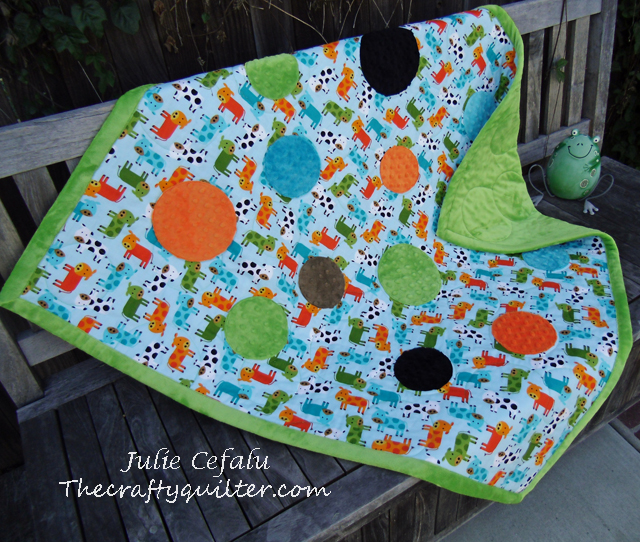
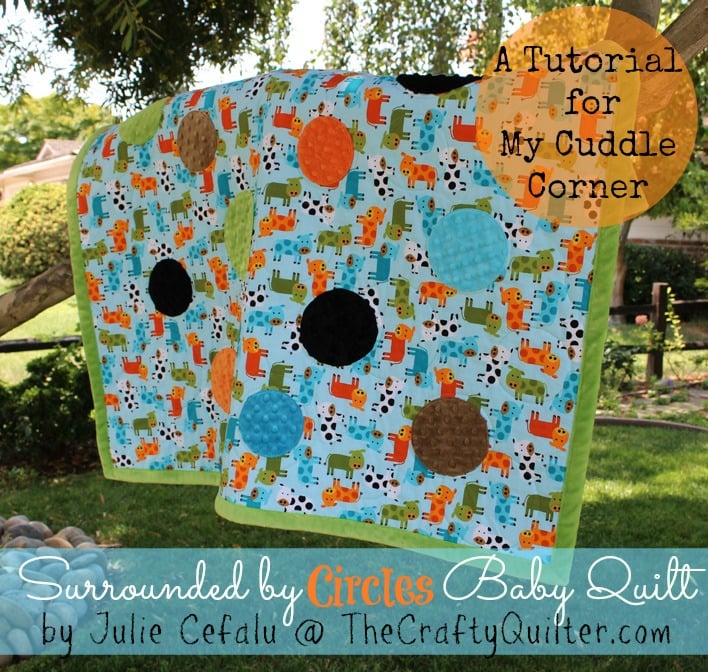
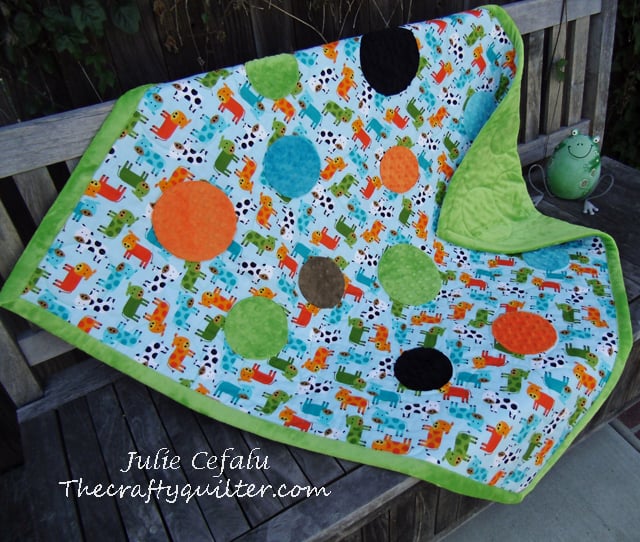
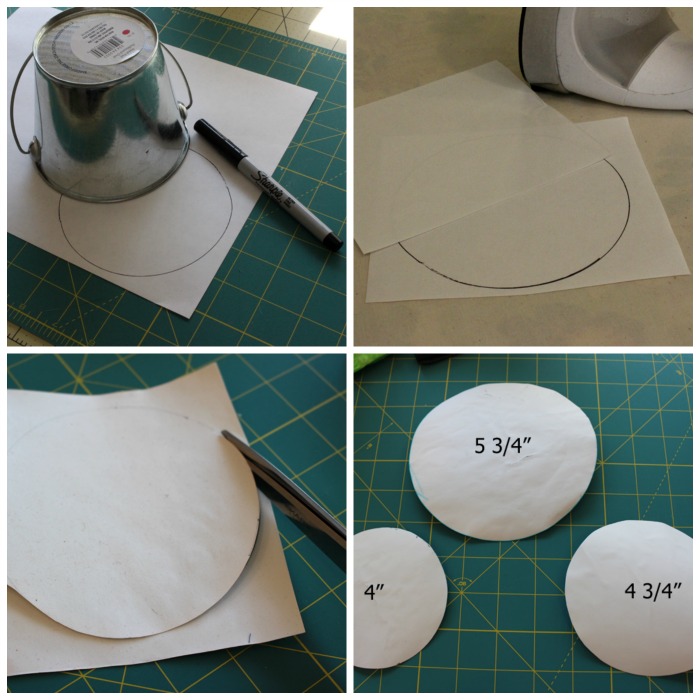
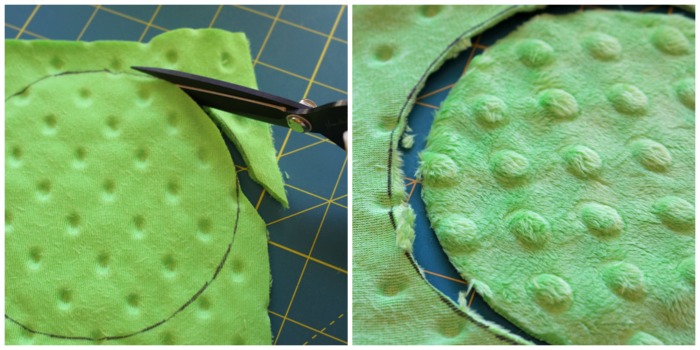
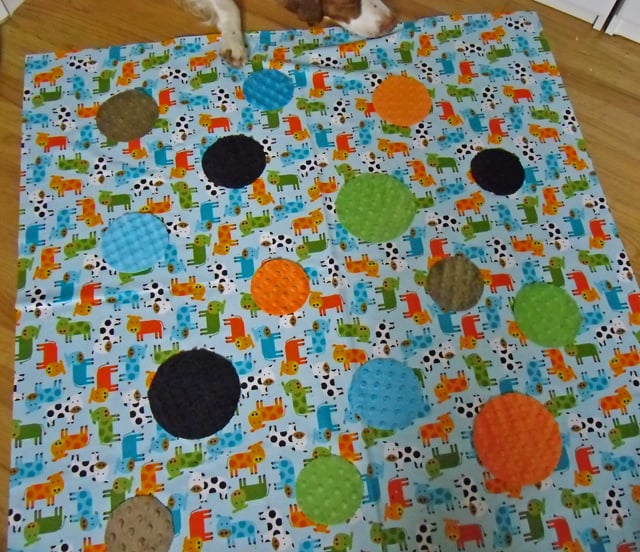
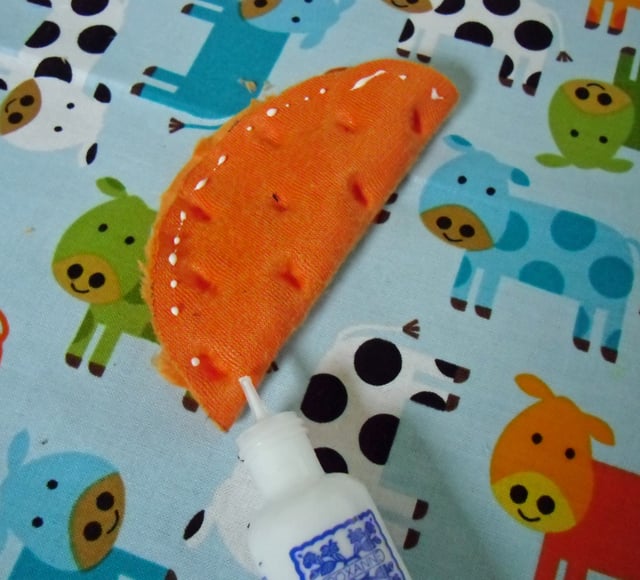
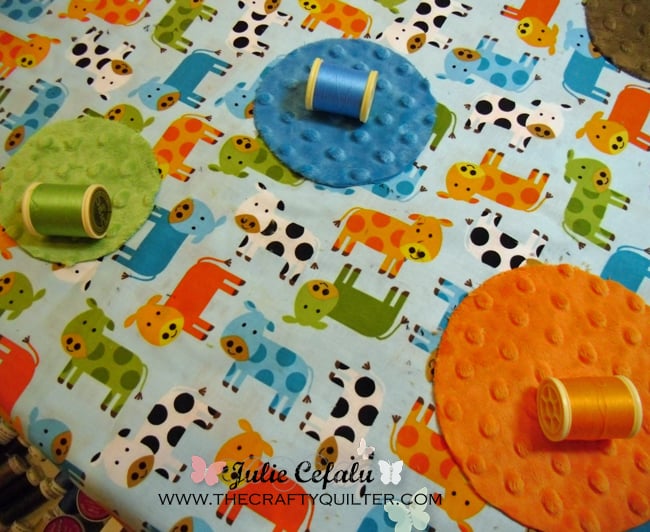
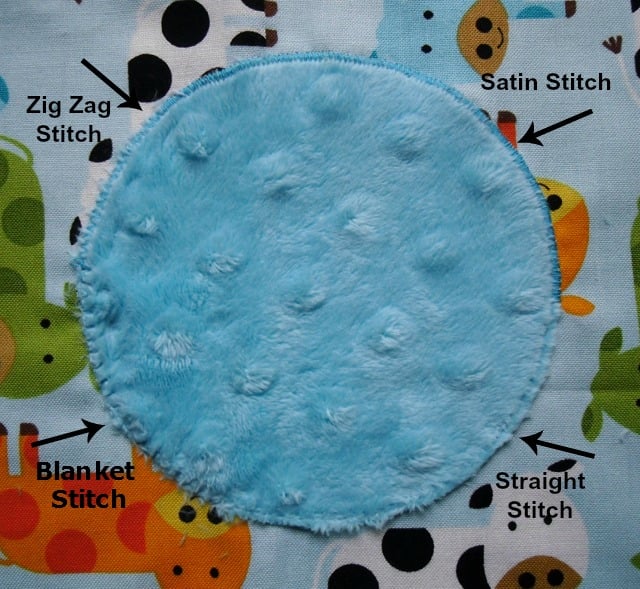
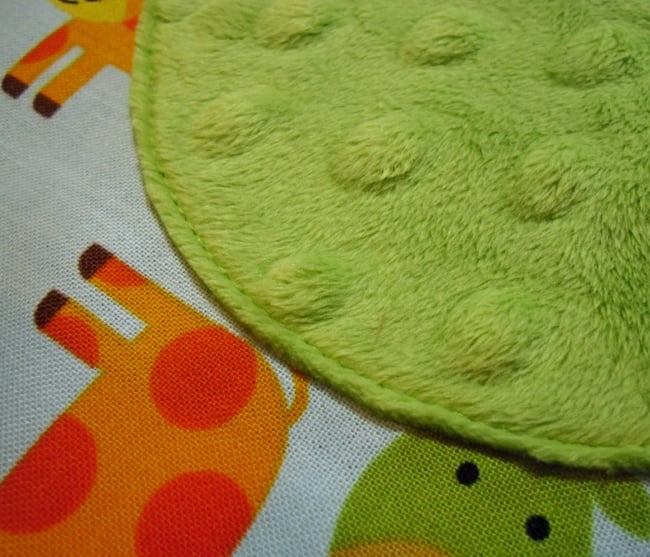
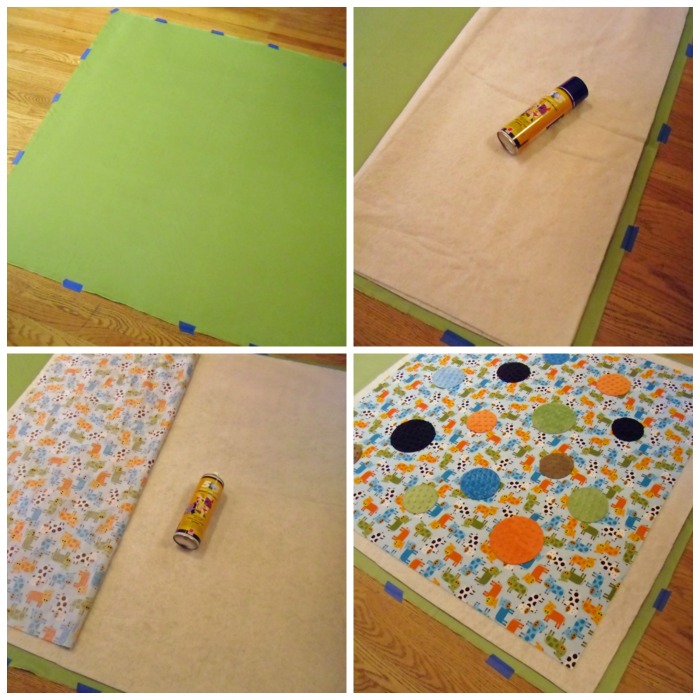
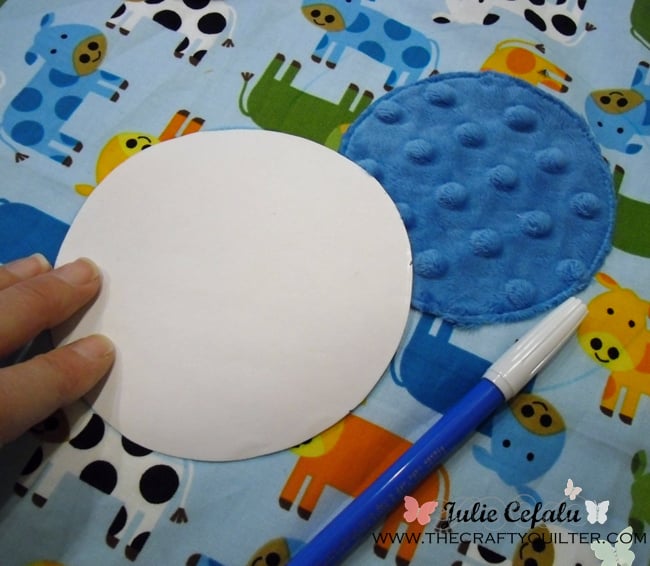
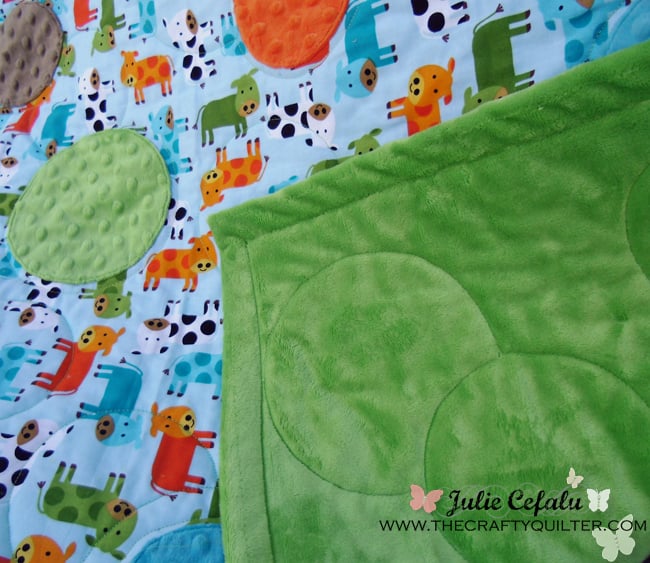
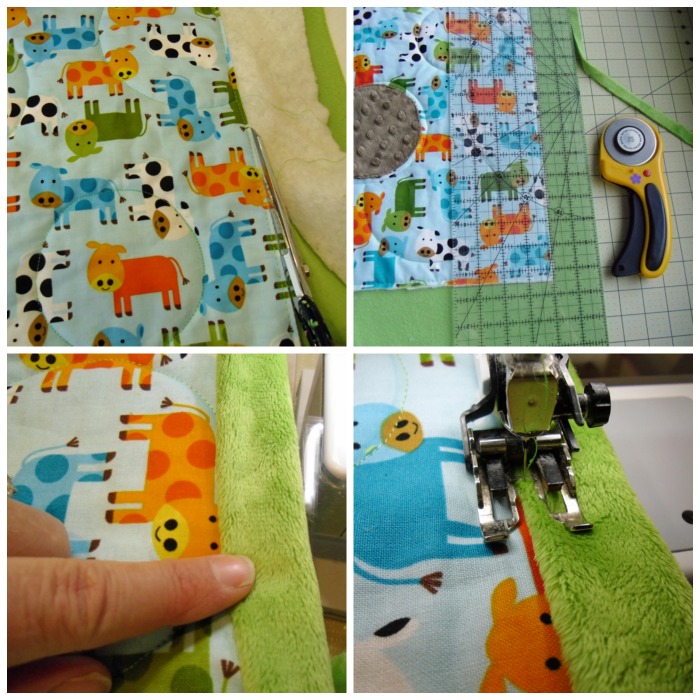
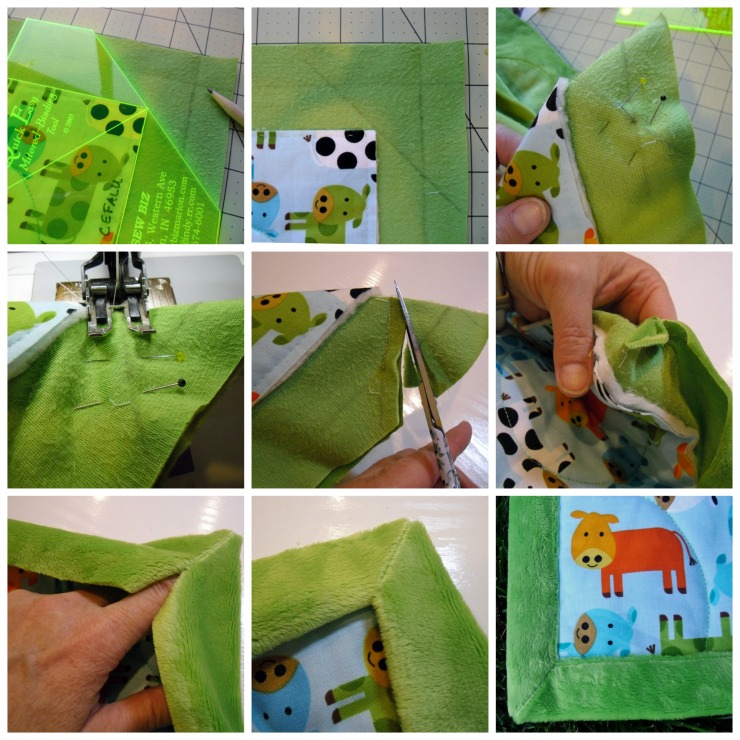
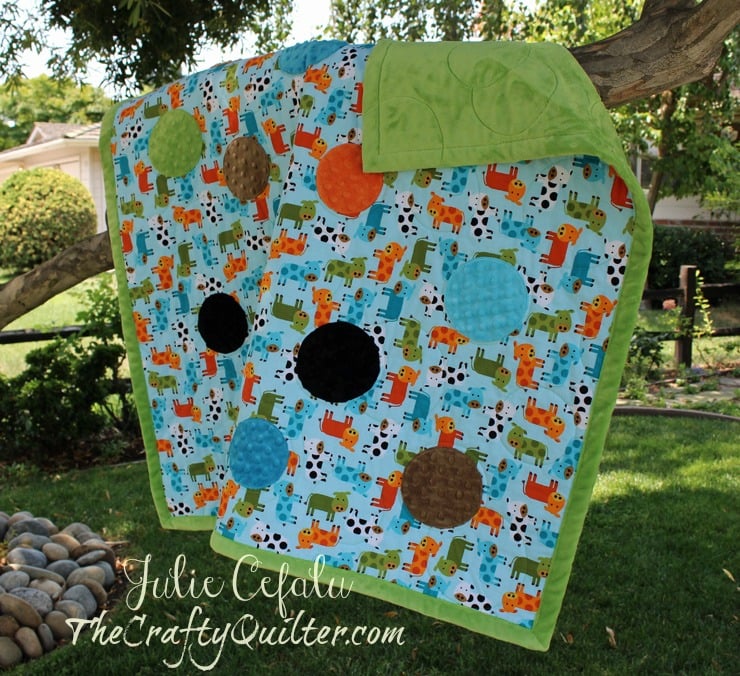
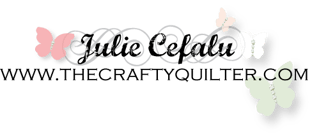



-Dec-11-2025-10-58-46-1415-PM.png?width=640&name=Untitled%20design%20(3)-Dec-11-2025-10-58-46-1415-PM.png)


.jpg?width=640&name=P1400457-Edit%20(1).jpg)


















































Leave a Comment